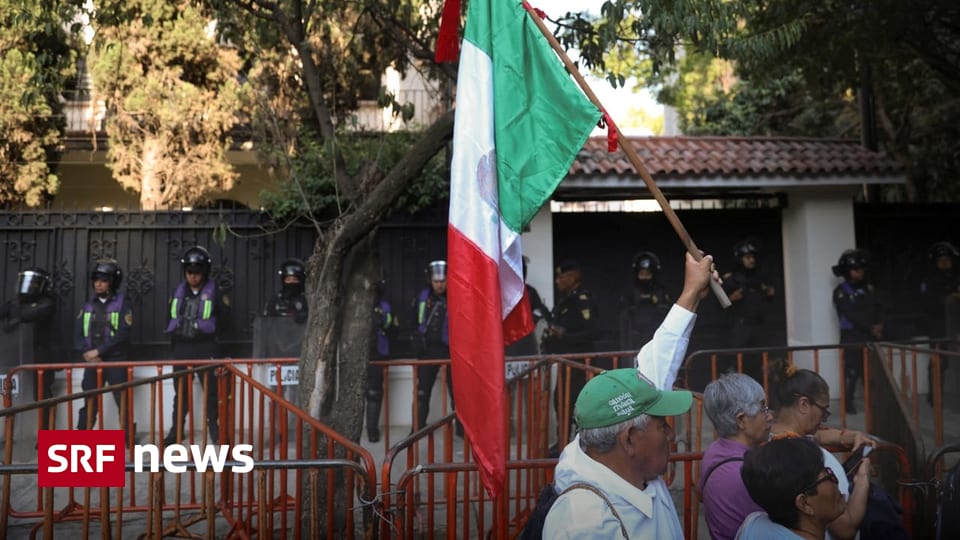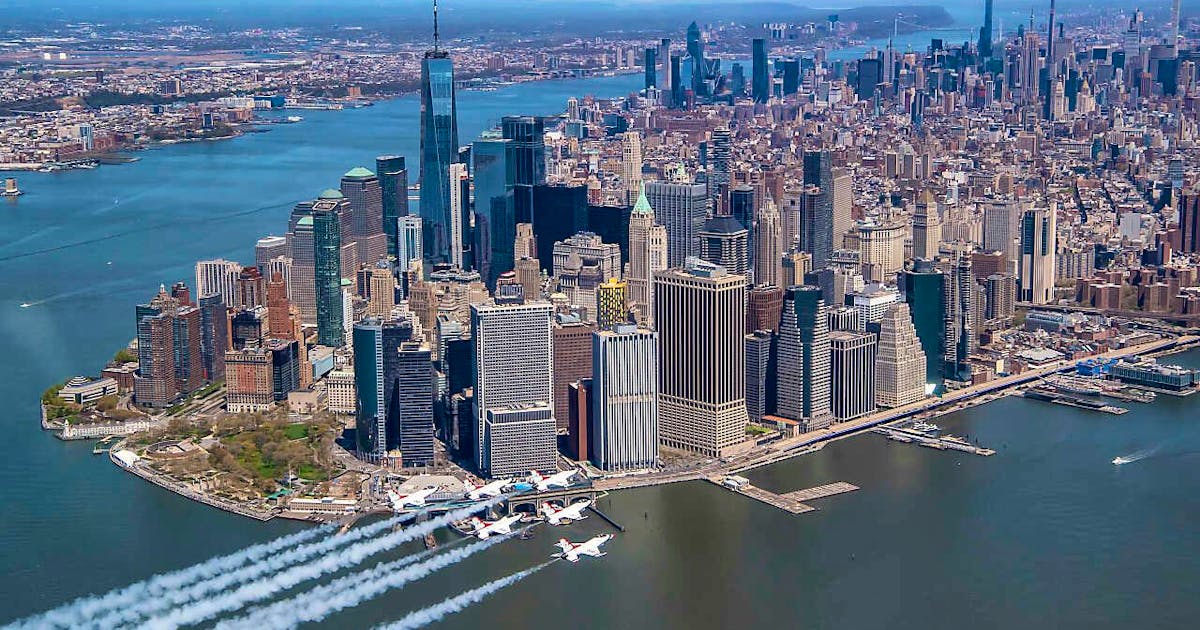Keystone
Scientists believe that Manhattan Island once had more ecological diversity than the famous Yellowstone National Park in the western United States: mountains, forests, rivers, swamps and wild animals such as bears, wolves, frogs and hawks. The natives of Algonquin called it “Manahatta,” an island of many mountains.
In the 16th and early 17th centuries, European sailors such as Giovanni da Verrazano and Henry Hudson first discovered and explored the area around the island on what is now the east coast of the United States. Shortly after, the first trade began, eventually with a monopoly by a Dutch company. Colonization began in 1624 when the first settlers from the Netherlands, Belgium and France settled on the island. In 2024, New York will celebrate its 400th birthday – expanding its urban sprawl to include two additional islands and the US mainland and becoming a major global metropolis of around eight million people.
However, according to scholars such as Russell Shortow, head of the New York Historical Society's “New Amsterdam Project,” the first years of colonization continue to shape the metropolis to this day. “The Dutch brought capitalism in its earliest form and a brilliant policy of tolerance, thus laying the foundation for the world's most dynamic metropolis,” says the “New Amsterdam Project,” named after the city's first name, New Amsterdam. “They brought slavery with them and failed to fulfill their ideals in other ways. These ideals and failures eventually became our own.
All of the immigrants initially settled in the southern tip of Manhattan, where the financial center stands today and there are plaques and some stone remains that mark the early days. Among the immigrants: Catalina Triko and her husband Joris Rapalje, now Belgians, who had eleven children in New Amsterdam. “To me they are the Adam and Eve of New Amsterdam,” says Shortow. “Their descendants now number in the millions.” Shardo works with the New Netherland Project in Albany, the capital of New York state, where thousands of documents from the founding period are stored, translated and studied.
New Amsterdam co-founder Peter Minuet is said to have bought Manhattan Island from the natives in 1626, according to legend, for pearls and other small items of relatively low value, but the concept of land ownership did not exist among the natives at the time and the Dutch were aware of it, scientists today argue. New Amsterdam received city rights in 1653.
The relationship between the newcomers from Europe and the natives was characterized from the beginning by trade, some attempts at mutual understanding – but ultimately, above all, by the brutal oppression of the Europeans, resistance and fear of the natives, writes Rousseau. In his book “The Island at the Center of the World”. To protect against raids, Europeans built a protective wall that later became the famous Wall Street. The old native trade route through Manhattan later became the famous Broadway.
Not the government of the Netherlands, but a Dutch trading company initially oversaw New Amsterdam, so the early years were “tolerance, free trade and water,” says the “New Amsterdam Plan.” To this day, the metropolis is characterized by its port location on the Atlantic, one of the centers of world trade and considered a “sanctuary city” – at least on paper, but to a large extent in practice – where people of all origins, religions and identities can live safely and feel good.
In 1664, New Amsterdam went to the British and became New York, but remained disputed for a while until America finally gained independence in 1774. In America's early years, New York was briefly the capital; The first president, George Washington, was inaugurated in Manhattan's South End—but major politics were done elsewhere; New York was the capital. Trade and Endurance. “We can discover our ideals of tolerance and individual freedom,” says Shortow. “They make us who we are, and they give us hope for the future. But they are also intertwined with their opposites, and we struggle to untangle the threads.
SDA

“Communicator. Entrepreneur. Introvert. Passionate problem solver. Organizer. Social media ninja.”







More Stories
Will Harry's visit to Great Britain stress William and Kate?
US Supreme Court refuses to hear Elon Musk's dispute over SEC settlement
US regulators are closely monitoring the Tesla recall